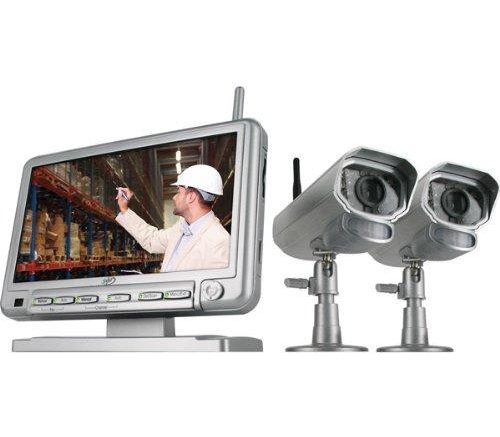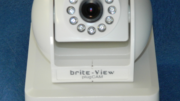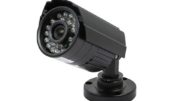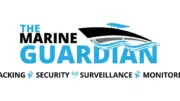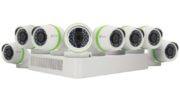Volume, volume, volume. Your regular TV DVR is designed to record at most five or six things, while a security DVR could record 24 or more camera feeds at the same time. On the other hand, a security DVR is not designed to decode the feeds from your cable or satellite company. They really are two different things even though they have the same name.
If you need a security or surveillance system, Solid Signal has a wide variety of security DVRs in many different price ranges designed to meet whatever your need is, whether it’s simple office surveillance or something really complex with multiple cameras, motion detection and the ability to alert your smartphone to what’s going on.
DVRs for television
A DVR for TV use has some sort of tuner in it. It can be an over-the-air antenna tuner, something that decodes cable TV, satellite, or a combination. It’s designed with features like real-time pause and rewind, and it’s designed to schedule programs for watching later. Everyone knows about those at this point.
Security DVRs
A security DVR also called a surveillance DVR acts completely differently. It’s designed to record many different camera feeds at the same time — sometimes up to 32 at a time — and it is constantly recording them, all the time. These recordings are stored until the hard drive is full and usually they get automatically deleted.
DVRs for TV use generally record in full color and high definition with high-quality sound. Surveillance DVRs often don’t record sound and can be configured with different levels of quality. One thing that’s still common with surveillance DVRs, though, is that they don’t record full motion. In order to store more recordings on the same size hard drive, they will record only a few frames per second. This can give the playback a jerky appearance but full motion isn’t usually what you’re looking for — you’re looking to find out who was trying to break in.
Why choose a dedicated system instead of one of those newfangled ones?
Yes, there are a lot of systems out there that promise cloud-based monitoring. They claim to be easier to install and configure, and they store everything on some server somewhere. This means you can watch your security footage easily on your phone when you need to.
There are a lot of security and surveillance systems that can stream to your phone, and quite simply, they’re a better bet. Cloud-based systems may be easier to set up, I’ll give them that. But it seems like every day you read about cops getting access to those files without customer permission, or cloud systems getting hacked. You probably don’t want the whole world knowing what’s going on in your home at all times.
Those systems also don’t scale up large enough to work in a business environment. They’re designed for a few rooms in a home, that’s all. If you want to get serious, you’ll want a dedicated system.
Can you have one DVR that does it all?
People actually ask this a lot more than you’d think. This is an especially common question in hotels and large spaces where people want to show a feed from a security camera on the hotel system.
Unfortunately there really isn’t something that will accomplish both. Probably the closest equivalent would be your phone. With your phone, you can watch recorded content using the DIRECTV or DISH apps, and many security DVRs have a way to stream to a phone as well.
For larger commercial customers, there are ways to tie a live feed into a headend system, but doing playback usually requires a computer.
Shop for surveillance systems at Solid Signal
You’ll find a great selection of security and surveillance equipment at Solid Signal. Not sure what to get? Give the experts a call! Our 100% US-based call center is ready to help you during East Coast business hours. The number is 888-233-7563.

